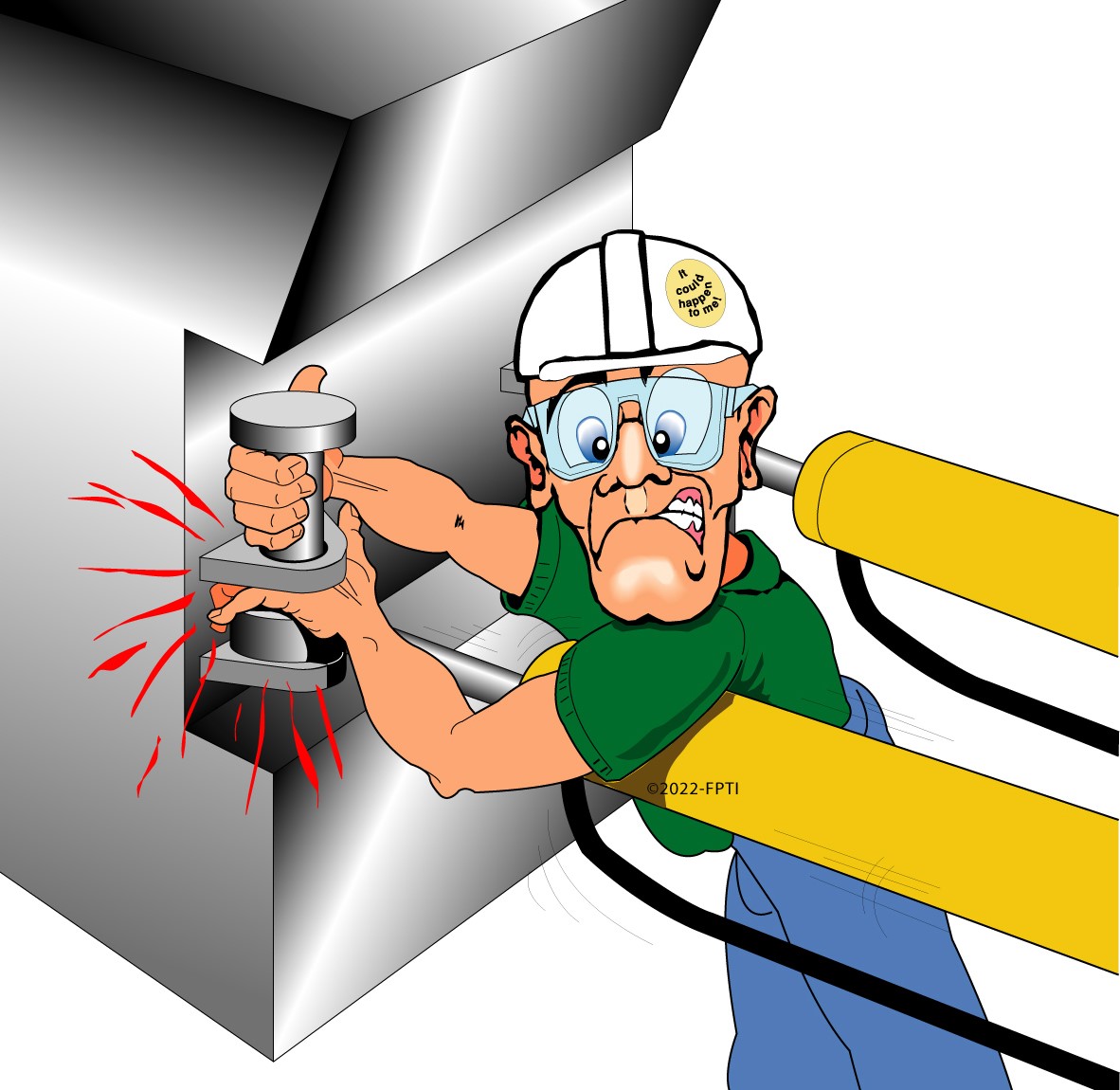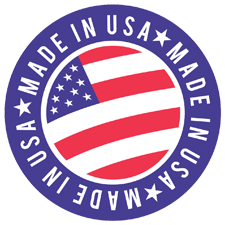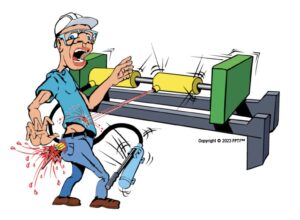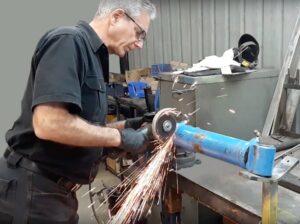Cylinder Safety – Preventing Erratic Movement of the Piston Rod
One of the most effective ways of learning is learning from your mistakes. What’s even better is learning from someone else’s mistakes. That’s why I go back to Rory McLaren again and again. Rory is an instructor and expert on fluid power safety, and director of the Fluid Power Safety Institute. He has shared dozens of stories that describe situations many of us could find ourselves in. Here’s one such story about a mistake that was made that you may think you wouldn’t make. But when you’re in a hurry or not thinking clearly, you can’t be too sure.
A serious accident occurred when a technician was installing a hydraulic steering cylinder onto a front-end loader. He attached the cap (closed) end of the cylinder to the loader’s frame assembly with a clevis pin while the rod was fully retracted into the cylinder tube. He then asked a colleague to start the loader’s engine and turn the steering wheel to extend the rod. Once the piston rod extended enough for the rod-end clevis to mate with the loader’s front-frame anchor point, the technician planned on installing the clevis pin to it.
As his colleague turned and released the steering wheel, the cylinder rod extended erratically. After pausing, it would suddenly jumped forward a few inches. Each time the colleague turned the steering wheel, the same action occurred. Eventually, though, the rod-end clevis advanced close enough to the anchor point for the technical to attach it.
Once the technician felt the clevis was close enough to the anchor point, he signaled to the helper to stop turning the steering wheel. However, the centerline of the rod end eye was not oriented to mate with the anchor point, so the technician decided to rotate the rod-eye slightly to align it with the anchor. He placed his hand over the rod-end eye to guide it, and used a pry bar to rotate the rod. As he applied torque to the rod with the pry bar, the rod assembly unexpectedly lunged forward, pinning his hand between the rod eye and the frame anchor. The accident cost him four of his fingers.
What Happened?
An investigation into the cause of the accident determined that air trapped in the cylinder caused the piston rod to travel erratically. When the technician paused to align the rod-end eye, oil pressure from the steering circuit compressed the air in the cylinder. But the compressed air pressure in the cylinder was not great enough to overcome the static friction of the piston seal.
Rotating the rod with the pry bar applied enough torque to the piston seal to overcome static friction. The seal motion created dynamic friction, which was less than the seal’s static friction. Therefore, force from the compressed air was now great enough to move the piston. The unexpected motion resulted in serious and permanent injury to the technician.
This erratic motion from seal resistance is common (especially in pneumatic cylinders) and is widely known as stick-slip operation (or stiction). Stick-slip results because a seal’s static friction exceeds its dynamic friction. For example, a lubricated seal’s static coefficient of friction may be 0.06, whereas its dynamic coefficient of friction might be 0.04. So, depending on specific parameters, a force of 50 lbs. would not be enough to move a piston at rest. However, once the piston was moving, only 40 lbs. of force would be needed to keep it moving.
Obviously, the technician should not have placed his hand in such a vulnerable location. But ultimately, he should’ve first bled air from the hydraulic system using a hydraulic microbleed valve or other safe method that does not expose an open hydraulic line or port to atmosphere. This would have prevented the erratic movement of the piston rod.
By: Alan Hitchcox
After serving as a vehicle mechanic in the US Army, Alan attended college full time to earn a Bachelor of Science while also working full time for a power transmission and fluid power distributor. He then became a technical editor and wrote or edited hundreds of technical articles for 38 years, with the last 32 on Hydraulics & Pneumatics magazine before becoming semi-retired in 2020.










Leave a Reply
You must be logged in to post a comment.